Audiobooks are a huge deal these days! Readers can hear Michelle Obama’s autobiography ‘Becoming’ told by Michelle herself. And who doesn’t enjoy the magic of Stephen Fry reading you the whole Harry Potter series?
There are close to 100,000 titles being published as audiobooks every year. It’s the fastest growing area in publishing.
What’s driving this audiobook trend?
Stornaway co-founder Ru Howe has been an Audible subscriber for years, with hundreds of books in his family library.
“My kids go to sleep with audiobooks every night. I read 26 Jack Reacher books in a year and a half while starting Stornaway (read by the amazing hard-boiled voice of Jeff Harding). As well as the whole Slough House and Shetland series – I have no idea how that happened, but there’s no way I could have done that if I’d had to find moments to sit down and read.”
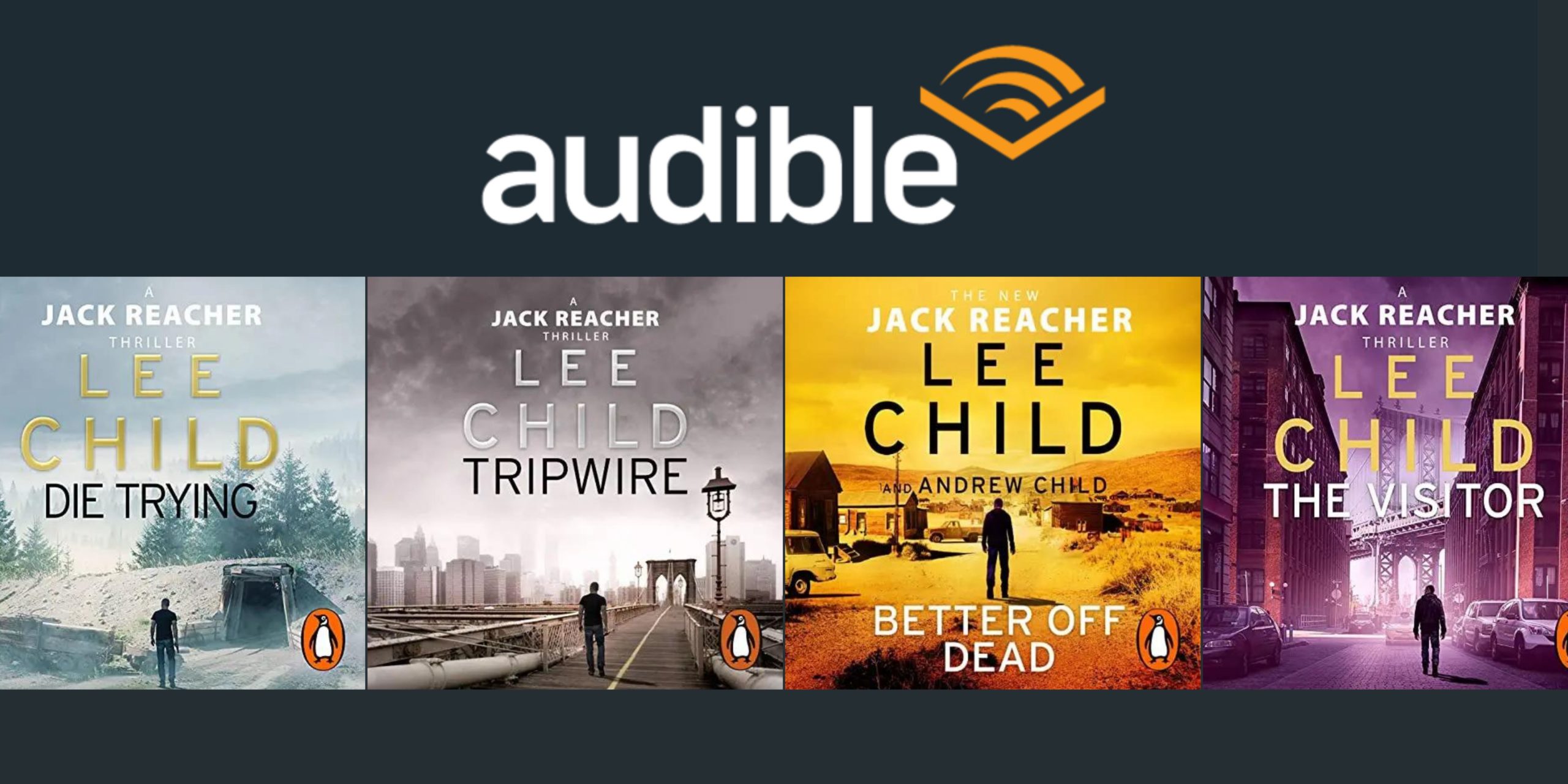
Whether it’s the need to hear the words from the mouth that wrote them for true understanding (it’s not what you say, it’s the way you say it)? Or maybe the joy of reading whilst going on your morning run or doing your chores? Indeed, perhaps this style of reading just suits you more. But there’s definitely no denying that the exponential growth in audiobooks has been enabled by the devices and headphones in all of our pockets!
And amid this growth, something new and innovative is emerging which hasn’t been written about much yet: Interactive Audiobooks.
So we’ve decided to take this opportunity to dive into:
Join us as we take this journey – or look at the future first then move to the beginning – choose your own version of this post!
NEW: Stornaway Voyager + Audiobooks = 🧙♂️
Use Stornaway Voyager to create interactive visual audiobook journeys
Combining YouTube stories, Fan websites and Google Forms, this audiobook compilation adds to the magical experiences of the Thomas the Tank Engine audiobook stories for young children. Allowing them to explore more in a journey tailored for them.
Let’s go back to the start – when did Interactive Storytelling begin?
The concept of printed Interactive Storytelling first became popular in the late 1970s. The arrival of the Choose Your Own Adventure books brought this idea of non-linear storytelling into the mainstream. These novels captured the imagines of adults and children alike. 250 million copies of Choose Your Own Adventure novels – then published by Bantam Books – were sold between 1979 and 1998.
However, interactive storytelling is something that has existed throughout time. As a species, we are non-linear storytellers. And we thrive on the inclusion of other voices and ideas in our stories.
Douglas Adams, writer of Hitchhiker’s Guide to the Galaxy, captured his thoughts on the idea of interactivity – “The reason we suddenly need such a word is that during this century we have for the first time been dominated by non-interactive forms of entertainment: cinema, radio, recorded music and television.
“Before they came along all entertainment was interactive: theatre, music sport — the performers and audience were together, and even a respectfully silent audience exerted a powerful shaping presence on the unfolding of whatever drama they were there for.
We didn’t need a special word for interactivity in the same way that we don’t (yet) need a special word for people with only one head.” – How to Stop Worrying and Love the Internet – News Review, The Sunday Times, 29th August 1999.
Ironically, the very thing that has stripped away a lot of performance-based interactivity – technology(!) – is now working to bring audience participation back into the creation of stories.
With tools like Stornaway.io, creators are finding ways to bring their viewers into their stories. For short films, feature-length pictures, building brand awareness, training and more. The desire to include the audience in the journey of the story is spreading across the industries!
Want to hear a story? When did the first Audiobooks get made?
The first audio-based books were called “talking books”, published in the 1930s. US Government programs created these “talking books” for blind readers.
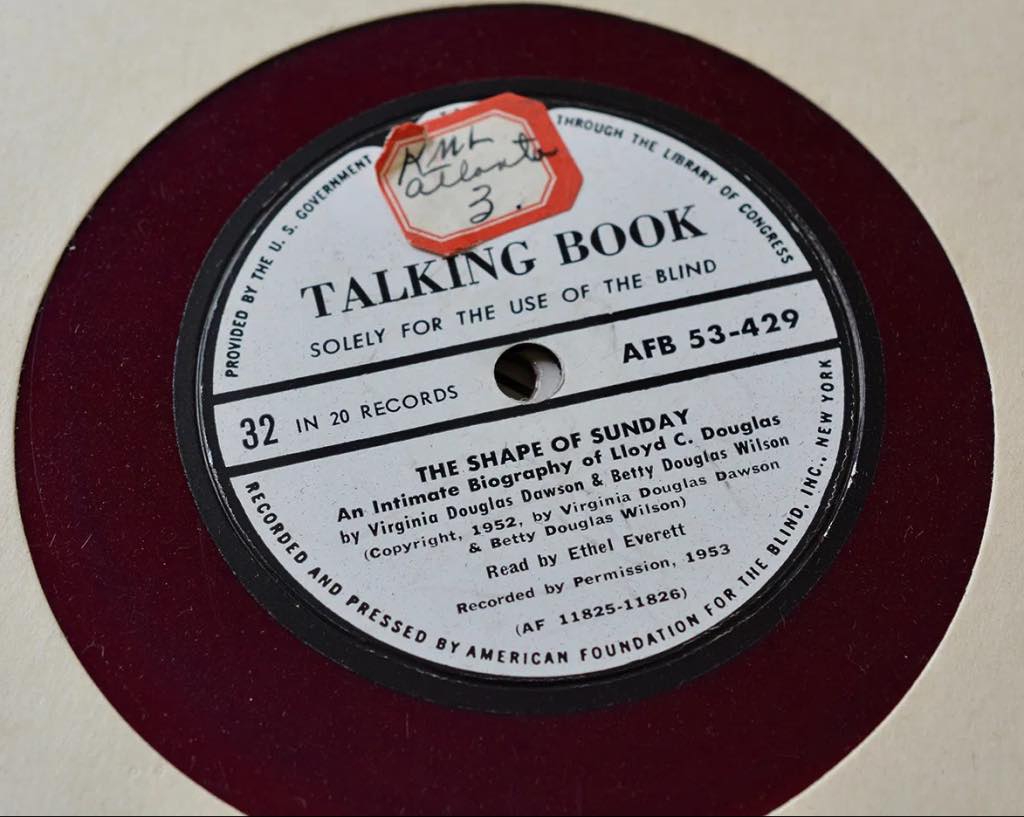
The term “audiobook” originated in the 1970s when cassette tapes (also known as “audiocassette”) started to replace the use of records. It became the official industry-standard term for these types of recordings from 1994.
Interactive + Audiobooks – some of the early iterations …
In 2015, Neil Patrick Harris released his autobiography – Choose Your Own Autobiography. An interactive book where the reader was in control. They could choose which thread to follow – making decisions to navigate the actor’s past actions.
This had the potential to be an incredible interactive audiobook!
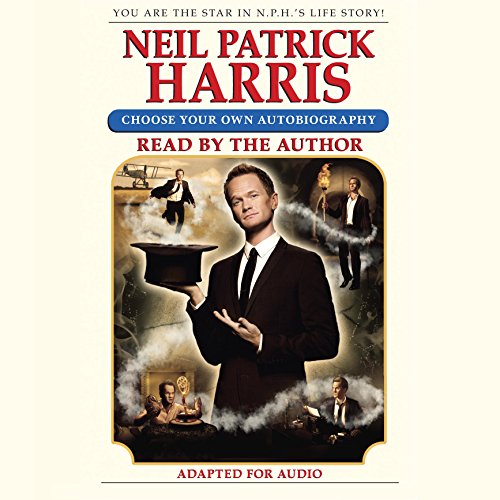
The book was written in the second person, allowing the reader to completely place themselves in the actor’s shoes. However, as an audiobook, there’s no opportunity to make decisions. So the story is told – in a non-linear way – but without that element of control from the reader.
Perhaps Neil Patrick Harris’ team should make a new fully interactive version via Stornaway.io!
Using Interactive Technology to create Interactive Audiobooks
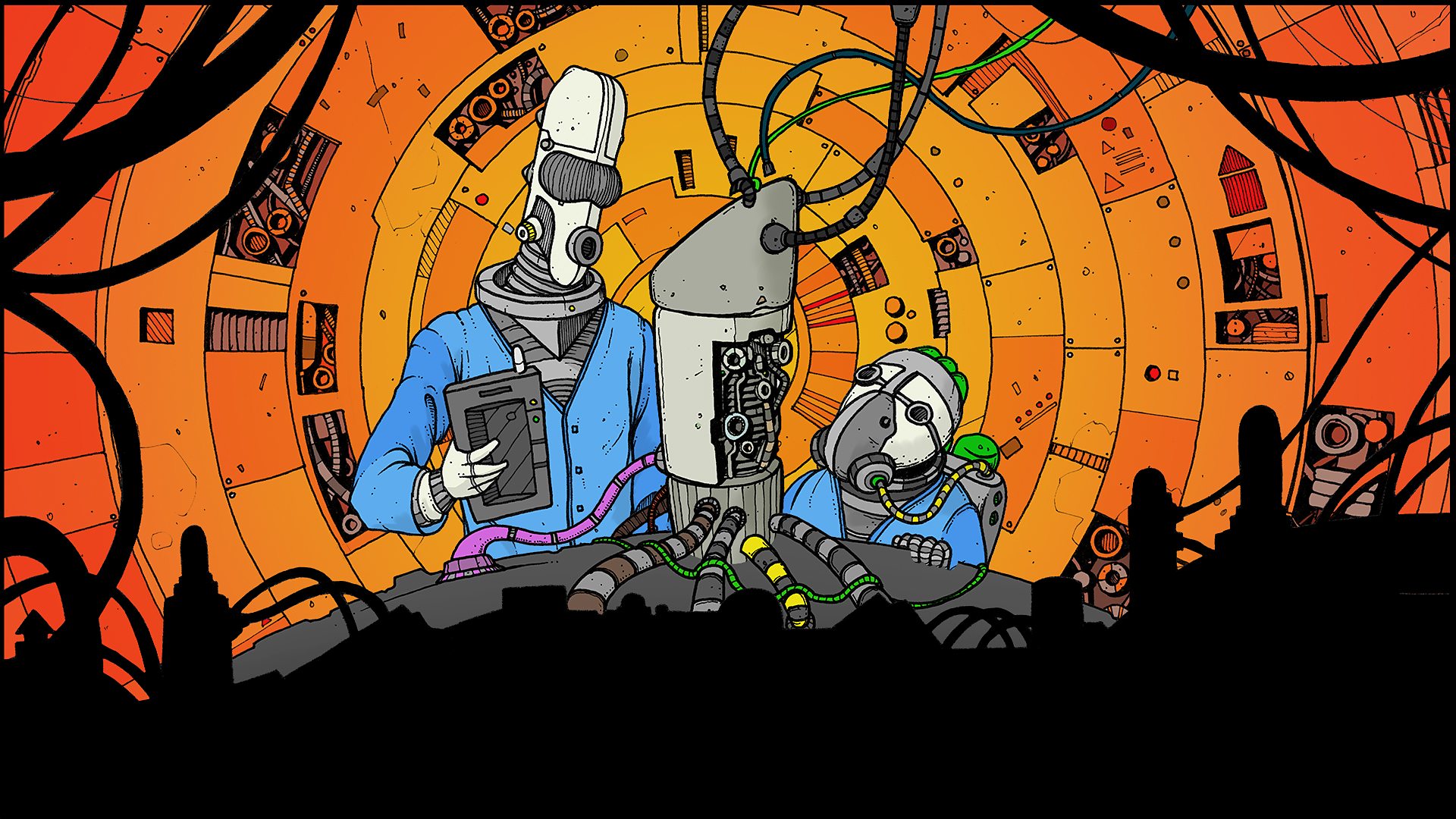
In 2017, the BBC launched an interactive audiobook with Amazon Alexa. The BBC R&D team developed the story – a sci-fi comedy called “The Inspection Chamber” – with production partner Rosina Sound. The production team dubbed the content ‘conversational radio’. They quickly realised there was clearly a growing interest in this way of receiving content.
“It is interruptive. Although it might not necessarily tear the rule book up, it offers another platform and another way of interacting.” – Nicky Birch, Rosina Sound at the 2017 AudioBook Revolution Conference.
Choose Your Own Adventure with your Smart Speakers
Owners of Amazon Smart Speakers can use voice commands to listen to Choose Your Own Adventure stories. Thanks to ChooseCo, publishers of the Choose Your Own Adventure interactive book series, and their partnership with Amazon’s Audible and Amazon Alexa, the Choose Your Own Adventure: An Audible Experience was published in 2019.
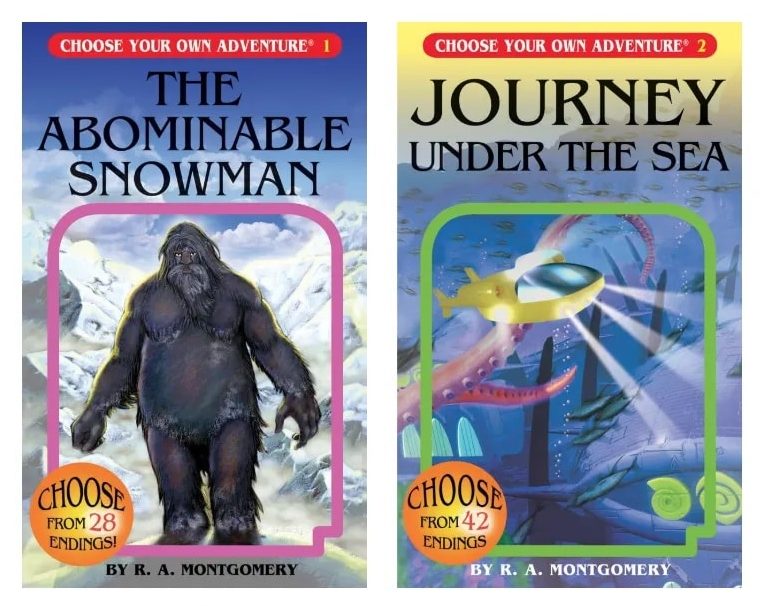
By saying the words “Alexa, open Choose Your Own Adventure”, readers can enjoy Journey Under the Sea or The Abominable Snowman by R. A. Montgomery.
It took 12 years and the combined forces of the Alexa, Audible and Chooseco teams to bring this project to life.
Another way of adding interactivity to an audio story – Richard MacLean Smith’s The Forest – explained!
Unexplained, “a haunting and unsettling bi-weekly podcast about strange and mysterious real-life events that continue to evade explanation,” is a hugely popular podcast and another of Ru’s long-term favourites.
As a Halloween special in 2019, Unexplained‘s multitalented writer/producer/composer/presenter Richard MacLean Smith created his own interactive audio adventure – The Forest. Unlike the usual real-life events he covers in the show, this was a fictional short horror story with a twist.
And because there was no way of easily adding clickable interactivity to a podcast, he came up with a neat solution.

Unlike the previous titles we’ve talked about, Richard added the interactivity by simply getting his audience to choose the appropriate next track. This simple technique is reminiscent of the original interactive novels – “go to episode 2 if you want to go deeper into the forest”.
The audience is driving the story forward with their decisions. They are controlling the narrative and the actions of the protagonist, with their interactivity adding to their engagement.
It’s a great workaround to making an audiobook or podcast work without buttons onscreen or voice controls. It means it can’t get too long or complicated or you’d get lost in the list of episodes… but that constraint can actually be quite helpful to both writer and audience. Short interactive projects work really well.
The Forest was made before Stornaway was released. However, anyone wanting to make an interactive podcast would be hugely helped by using Stornaway as a drafting and playtesting tool.
What about the future of interactive audiobooks?
In 2020, Polish filmmaker Wojtek Jeżowski created Pandemioza – an interactive audiobook. The filmmakers built the story from their real-life experiences during the pandemic lockdowns. Read the full customer story.
Published in Stornaway.io, the piece features simple, beautiful artwork that adds to the narration. At each plot point, the reader is asked to make the decision to move the story along.

Creating Pandemioza was a cathartic experience for the makers. It allowed them to make decisions that they wish they had been able to make for themselves in the real world. For an audience, the experience is just as cathartic. The shared, global experiences of 2020/2021 mean that elements of this story are relatable for so many.
In fact, being able to interact with the story – to choose the decisions that the protagonist makes – is freeing!
Wojtek enjoyed creating the project in Stornaway.io. He was able to focus on the story whilst our platform took care of the technology behind the interactivity.
“I had created interactive films before but always used proprietary software that I had made for each project … Stornaway is intuitive to use so I had a lot of fun experimenting with different options.” – Wojtek, Black Rabbit.
With the existence of tools like Stornaway.io, allowing creatives to map their ideas, using either/or game logic and island variations – making interactive stories has never been simpler! We do the magic with the technology so that the creatives can continue to do what they do best – create the story!
I think it’s safe to say that interactivity is going to continue to grow, across all industries. So we can expect to see more interactive audiobooks in our playlists! For education, for complete engagement and for replayable enjoyment!
Find out why people are using Stornaway to create interactive stories and games – from FMV games, quizzes, interactive audiobooks, interactive podcasts, interactive films to interactive documentaries. Make your own interactive video for Entertainment.


Join the discussion One Comment